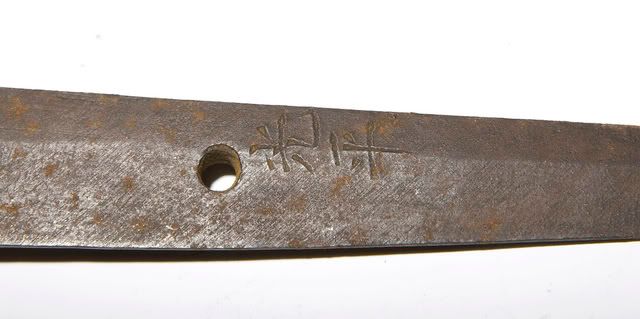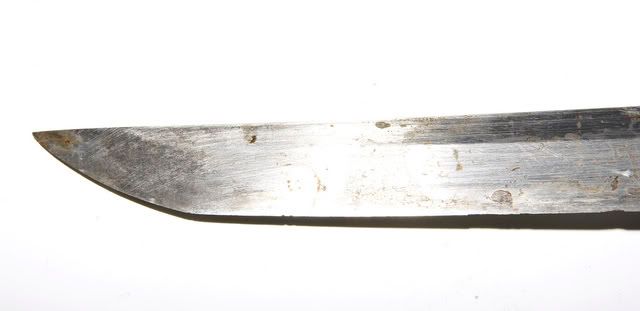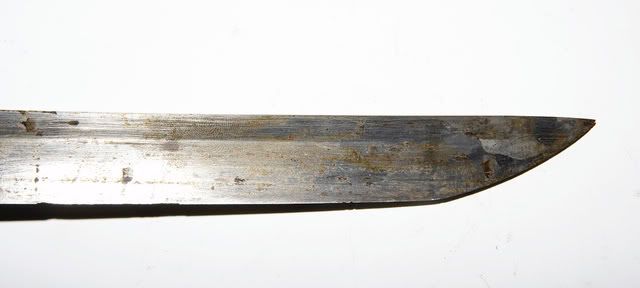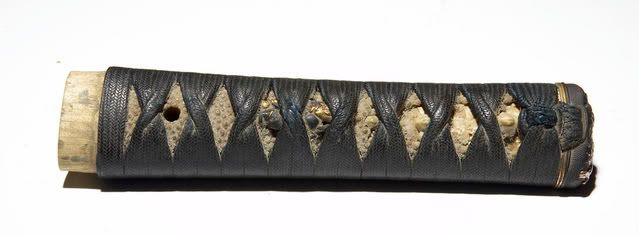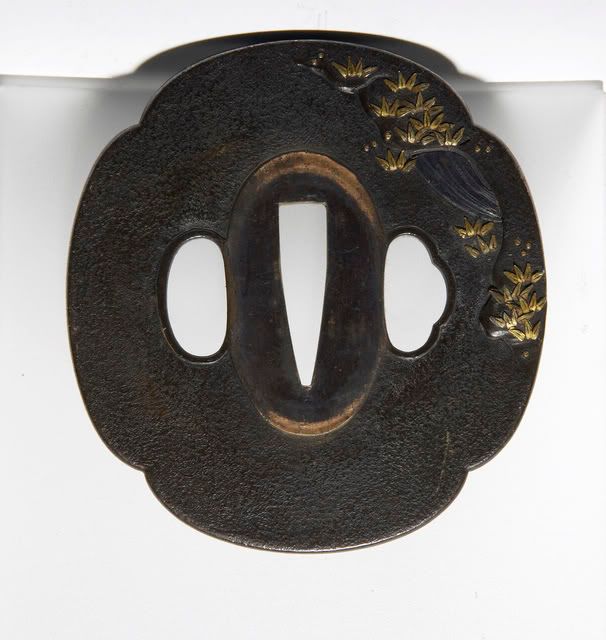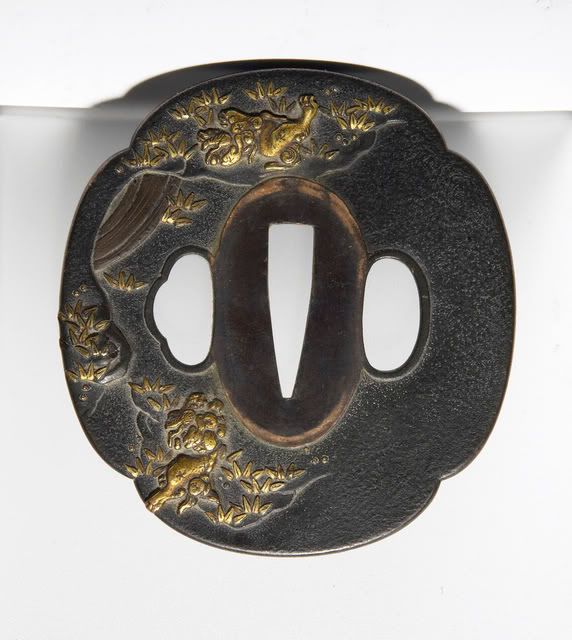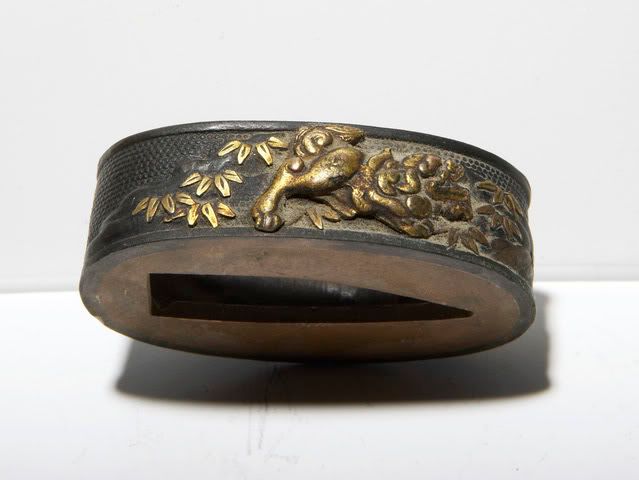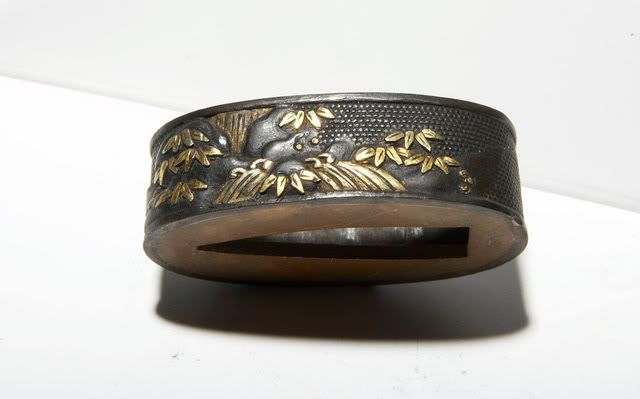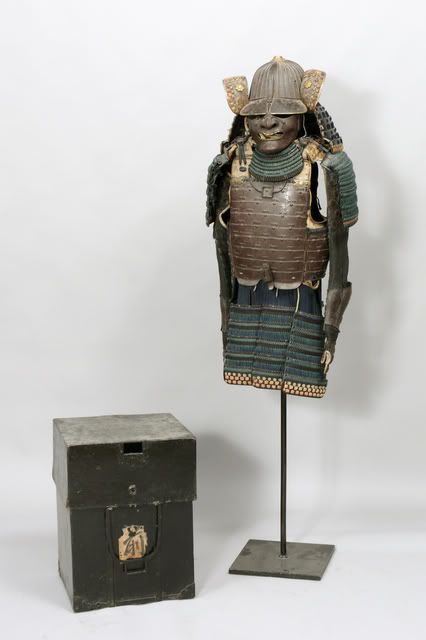Lucky Strike
Distinguished Member
- Joined
- Mar 13, 2006
- Messages
- 3,408
- Reaction score
- 31
OK, I'm back at work, and finally got around to measuring the blade; 58,5 cm, including the tang. The sword was a gift from a Japanese official to a Western diplomat/arms collector in the early 20th C., so the provenance is promising. A few pics:
